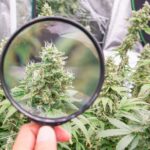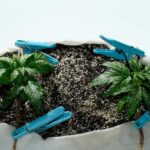The Best Fluffy Pancakes recipe you will fall in love with. Full of tips and tricks to help you make the best pancakes.
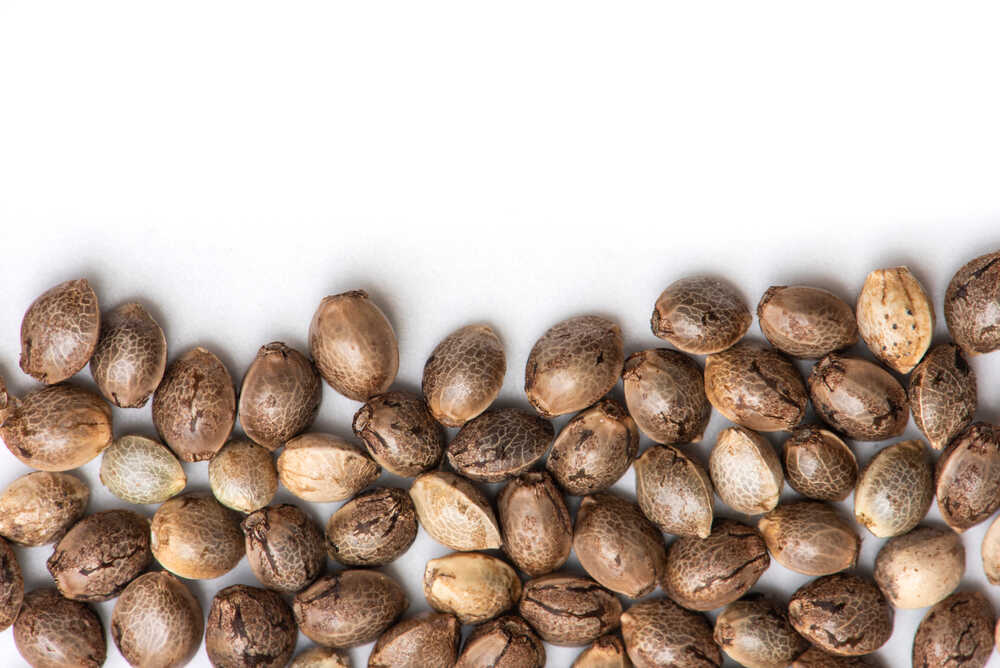
Do autoflowers produce seeds?
If you’ve been growing autoflowers for a while, or even if you’re just getting started, chances are you’ve wondered: can autoflowers actually produce seeds? It’s a fair question, especially if you’re used to photoperiod strains or you’ve heard mixed things from growers online. As an experienced cannabis breeder and grower, I’ve worked extensively with autoflowers—from stabilizing genetics to running breeding projects—and yes, autoflowers absolutely can produce seeds. But how and why they do is where things get interesting. In this article, I’ll walk you through the ins and outs of seed production in autoflowers, how you can encourage or prevent it, and what to expect in terms of quality and yield. Whether you’re growing for smoke, seed, or science, you’ll walk away with the full picture.
Can autoflowering cannabis produce seeds?
Male and female plants: the basics of pollination
Cannabis is a dioecious plant, meaning it produces separate male and female individuals. To get seeds, pollen from a male plant needs to fertilize a female plant’s pistils. This is true for both photoperiod and autoflower strains. The only difference with autos is that they flower based on age rather than light cycle.
If you grow a male autoflower alongside a female one, and you don’t separate them, the male’s pollen sacs will open around week 4 or 5 and release pollen. That pollen lands on the female’s white hairs (stigmas), leading to the formation of seeds inside the buds. So yes, as long as there’s a male plant around—or if a female turns hermie—your autoflower can and will produce seeds.
Feminized vs regular autoflower seeds
The seed type you start with affects the chances of seed production. Feminized autoflower seeds are bred to produce only female plants, which are ideal for growers who want sinsemilla (seedless buds). But regular autoflower seeds produce both males and females, giving you the genetic variation needed for breeding.
Here’s the quick difference:
- Feminized seeds = nearly 100% female plants, no natural males
- Regular seeds = mix of males and females, ideal for making seeds
- Seeds from stressed or hermied plants = often unstable, sometimes usable
If you want to intentionally produce seeds, start with regular autoflower seeds. If you want to avoid seeds, stick to feminized seeds and stay vigilant for any signs of hermaphroditism.
How autoflowers can end up seeding when unwanted
Hermaphroditism and stress‑induced self‑pollination
Hermaphroditism is when a single cannabis plant develops both male and female sex organs. In autoflowers, this usually happens when a female plant experiences stress—think light leaks, nutrient imbalances, root trauma, or overtraining.
When a female plant throws a few pollen sacs (called “bananas” or nanners) late in flower, it can self-pollinate. This is nature’s way of ensuring survival in rough conditions, but it’s a headache for growers aiming for clean buds.
The seeds that result from hermies are often feminized, but they come with a higher chance of carrying the same unstable trait. So if you find seeds in your autoflower buds and you didn’t run a male, odds are stress or genetics led to self-pollination.
Common stress factors: nutrient imbalance, light, water and physical stress
Autoflowers are generally hardy, but they don’t bounce back as easily from mistakes due to their short lifespan. Here are the main culprits behind unwanted seeding:
- Nutrient imbalance: Overfeeding or underfeeding can stress the plant, especially during early flower.
- Light interruptions: Even though autos don’t rely on photoperiods, inconsistent light or harsh changes can trigger hermie traits.
- Overwatering or underwatering: Autoflowers like a wet-dry cycle. Constant wet roots = unhappy plant.
- Physical stress: Topping, fimming, or heavy defoliation after day 21 can throw them off balance.
Keeping your grow environment consistent is the best way to prevent stress. Stable conditions = happy ladies = seedless buds.
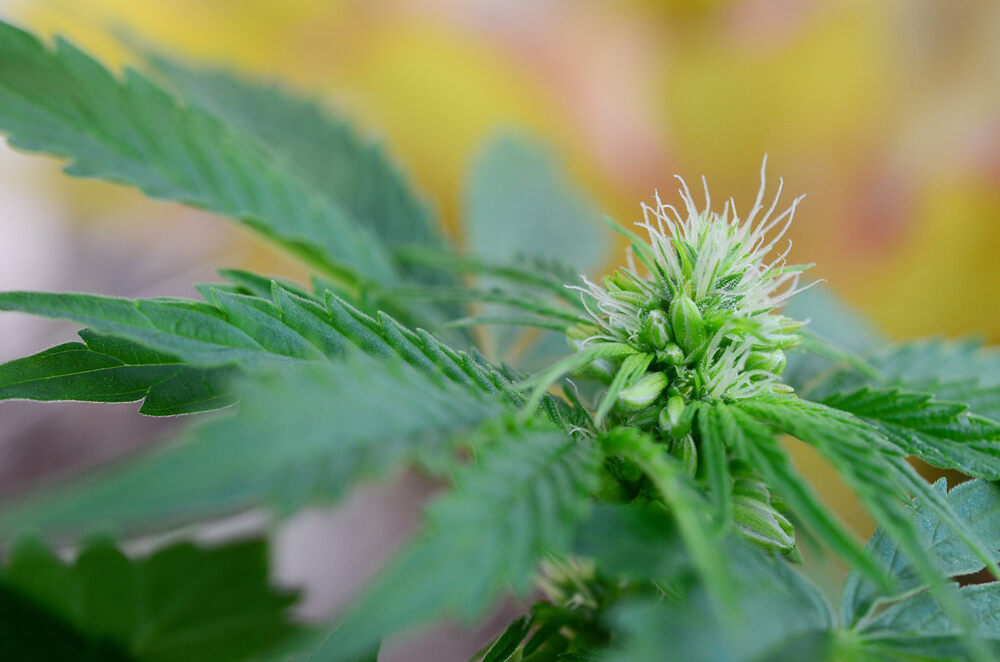
Breeding autoflower seeds: how is it done intentionally?
Choosing regular (non‑feminized) parents for breeding
If you want to breed autoflower seeds the right way, you’ll need regular seeds. That’s because you need both a male and a female to make new seeds with stable traits.
I start by popping 10–20 regular autoflower seeds from the strain I want to work with. I watch for early sex traits and remove weak or undesirable phenotypes. The strongest male goes into his own tent, away from the ladies, to avoid premature pollination. The strongest females get pampered and prepared for controlled breeding.
When selecting breeders, look for traits like:
- Uniform structure
- Fast growth
- Potency
- Stability (no hermie traits)
- Aroma and resin development
This also means testing over multiple generations. You don’t just breed once and hope for gold—you stabilize over time.
Methods of pollination: manual brushing, selective and open pollination
There are a few ways to breed autoflowers, and it all depends on how much control you want.
- Manual pollination: Use a small brush or Q-tip to apply pollen from the male to selected branches on the female. I like this method for small seed runs.
- Selective pollination: Bag one branch and pollinate it, leaving the rest of the plant clean. You can harvest smoke and seeds from the same plant.
- Open pollination: Place males and females in the same tent and let nature take its course. Good for large seed runs, but not for controlled traits.
I usually harvest seeds about 5–6 weeks after pollination, when they’re dark, striped, and firm. Dry them for 2 weeks, then store them in a cool, dry place in airtight containers.
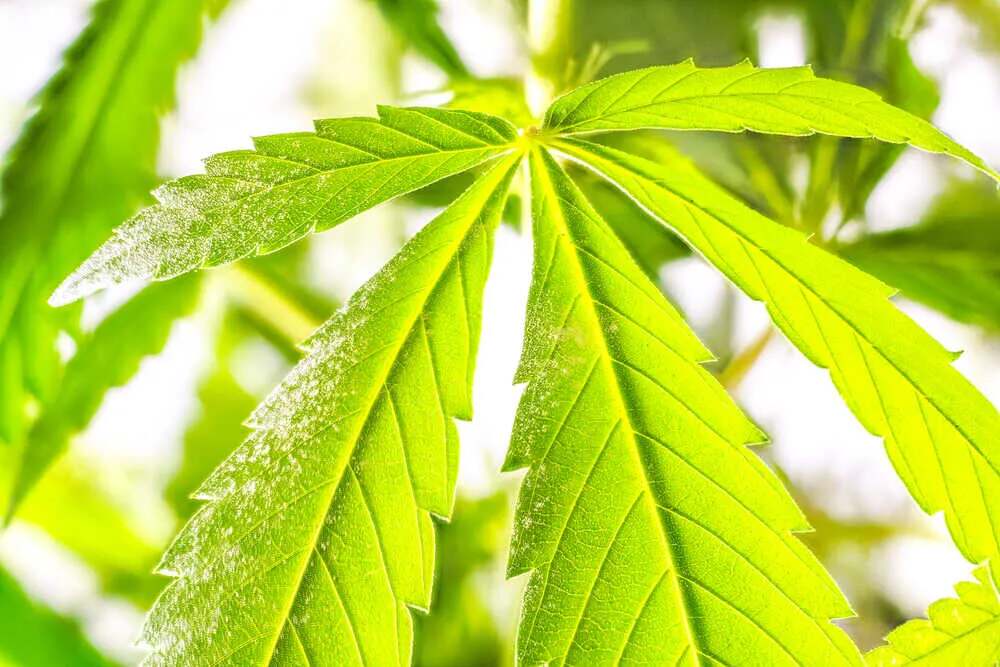
Seed maturity, harvesting and storage best practices
You’ll know autoflower seeds are mature when:
- They’re dark brown or tiger-striped
- They feel hard to the touch
- They don’t squish under light pressure
Immature seeds will be pale or green and soft. Don’t waste time on those—they rarely germinate.
Once harvested, I let the seeds cure in a paper envelope in a dark drawer for 10–14 days. Then I move them into labeled glass jars with silica packs. Store them between 6–10°C (43–50°F) and they’ll stay viable for years.
Impact of seed formation on potency, yield and quality
Does having seeds reduce bud potency or yield?
Yes, it does—and by a noticeable margin. When a female plant is pollinated, her energy shifts from trichome and bud production to seed formation. That means less THC, fewer terpenes, and smaller overall buds.
Here’s what I’ve observed in seeded autoflowers vs. unseeded:
- Potency drop: THC levels can dip by 20–30%
- Yield shift: Less smokeable bud weight, though total plant biomass may increase
- Aroma/taste: Less pungent and flavorful due to lower terpene content
This doesn’t make the bud useless—it just won’t be top-shelf flower. I usually keep seeded autoflower buds for edibles or hash making. No sense tossing it out.
Differences between seeded autoflowers and unfertilized buds
Seeded buds have a different texture and structure. They’re often denser and can feel rock-hard, but it’s not the kind of density you want for smoking. Breaking them up means cracking seeds, which can spark and pop when burned—nobody wants that in a joint.
Unfertilized buds (aka sinsemilla) stay resin-heavy, sticky, and potent. That’s the gold standard for recreational or medical use.
Seeded buds:
- Are better for extraction or oil production
- Have lower bag appeal
- Are harder to cure evenly
Unseeded buds:
- Smoke smoother
- Store better
- Hit harder
If you’re growing for top-shelf smoke, avoid seeds. If you’re breeding, embrace them—but do it intentionally.
How to avoid unwanted seed production in autoflowers
Use of feminized seeds to avoid males
The simplest way to prevent seed formation is to grow feminized autoflower seeds. These are created using special breeding methods that eliminate male chromosomes, resulting in nearly 100% female plants.
When I want a pure smoke run with no seed contamination, I only pop feminized seeds and never grow males in the same space. That way, there’s zero pollen to cause trouble.
Do keep in mind that even feminized plants can turn hermie under stress. That’s why it’s important to source high-quality genetics from breeders you trust.
Environmental management: avoiding stress triggers
Stress is the silent seed maker. If you want seedless buds, create a low-stress environment where your plants can thrive. Here’s my checklist for keeping autoflowers happy:
- Maintain consistent light cycles (even for autos)
- Keep humidity between 50–60% during veg, drop to 40–50% in flower
- Use proper nutrition—autos prefer light feeding early on
- Avoid overtraining—use LST or light defoliation only
- Check your pH regularly (target range: 6.0–6.5 in soil)
This also means controlling the grow room temp—aim for 24–28°C (75–82°F) in veg and flower. Hot, cold, or fluctuating temps = stressed plants = seeds.
Early detection and removal of male or hermaphrodite plants
If you’re growing from regular autoflower seeds, watch your plants closely starting around day 18–21. Males will show small pollen sacs at the nodes, while females form white pistils.
Here’s what I do:
- Day 21 check: Look for early signs of sex
- Day 25–30: Remove confirmed males unless you’re breeding
- Every 2–3 days in flower: Inspect for nanners (herm traits)
If I spot a hermie early, I either isolate it for breeding or remove it completely to protect the others. Don’t wait. Hermies can pollinate an entire room overnight.
Conclusion
Autoflowers absolutely can produce seeds—either through natural breeding, hermaphroditism, or intentional pollination. Whether that’s a good thing or not depends entirely on your grow goals. If you’re after clean, smokeable buds, start with feminized seeds, keep stress low, and stay vigilant. But if you’re ready to jump into breeding and creating your own autoflower genetics, embrace the process and work with regular seeds. With the right approach, you’ll not only get healthy seeds but you’ll learn a whole lot more about your plants in the process.


